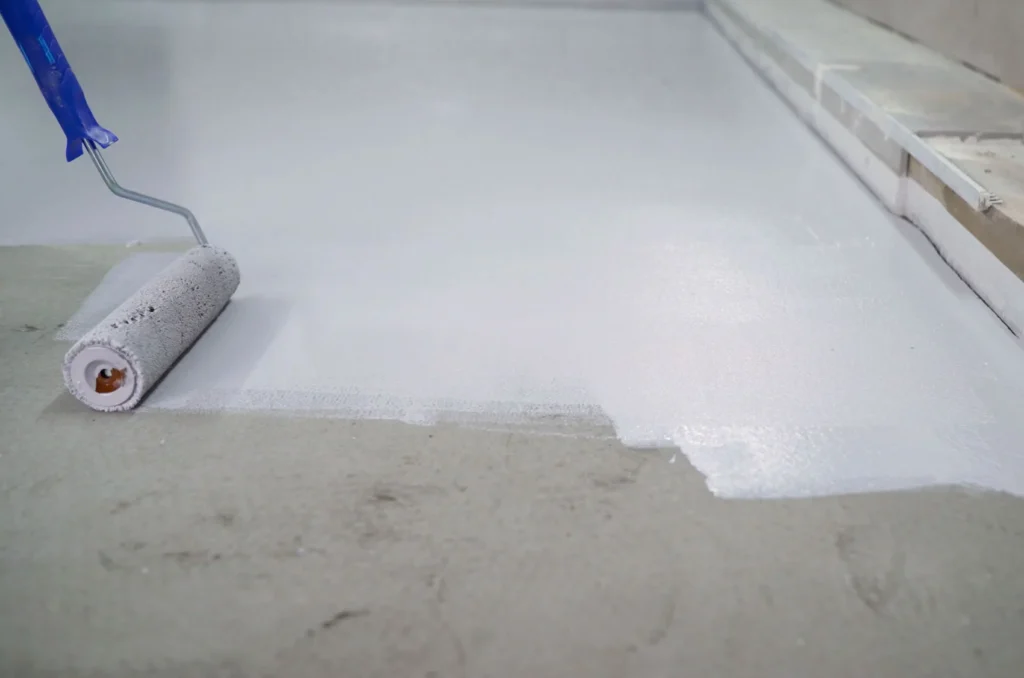Waterproof sealants play a crucial role in protecting structures from moisture intrusion, preventing damage, and enhancing longevity. Over the years, advancements in the manufacturing industry have led to the development of more effective and durable sealants, tailored to meet diverse application needs. Modern sealants now offer improved adhesion, flexibility, and resistance to environmental factors, making them indispensable in construction and maintenance projects.
The evolution of sealant technology has introduced various types, each designed to address specific challenges. Understanding these differences is essential for selecting the appropriate sealant for your project, ensuring optimal performance and durability.
What Are the 3 Types of Sealants?

Sealants are categorized into three primary types: silicone, polyurethane, and acrylic. Each offers unique benefits and is suited for specific applications. Selecting the right sealant requires careful consideration of factors such as substrate compatibility, environmental exposure, and desired performance characteristics. To make an informed choice, it’s advisable to browse long-lasting and easy-to-apply waterproof sealant collections from reputable suppliers.
Silicone Sealants
Silicone sealants are renowned for their flexibility, durability, and excellent resistance to environmental factors, making them a popular choice in both residential and commercial applications. They cure to form a rubber-like material, providing a long-lasting waterproof seal that remains effective over time.
One of the key advantages of silicone sealants is their ability to maintain elasticity across a wide temperature range, from -60°C to +180°C, without losing adhesion. This property makes them ideal for sealing joints that experience movement due to thermal expansion and contraction. Additionally, silicone sealants exhibit excellent UV resistance, preventing degradation and discolouration when exposed to sunlight, which is particularly beneficial for exterior applications.
Silicone sealants are versatile and adhere well to a variety of substrates, including glass, ceramic, aluminium, and some plastics. This versatility makes them suitable for applications such as sealing windows and doors, bathrooms, kitchens, and other areas prone to moisture exposure. In sanitary applications, specialized silicone sealants with added fungicides are available to inhibit mould and mildew growth, ensuring a hygienic seal.
However, it’s important to note that silicone sealants have limitations. They may not adhere well to certain materials like concrete or masonry without the use of primers. Additionally, they are not paintable, which can be a drawback in applications where the sealant needs to match the surrounding surfaces. Proper surface preparation is crucial for optimal adhesion; surfaces should be clean, dry, and free from contaminants before application.
They offer a durable and flexible solution for a wide range of applications, particularly where long-lasting waterproof seals are required. Their excellent resistance to environmental factors and ability to maintain elasticity makes them a reliable choice for both interior and exterior sealing projects.
Polyurethane Sealants
Polyurethane sealants are known for their strong adhesion, flexibility, and durability, making them suitable for a variety of applications in construction and industrial settings. They cure to form a tough, elastic material that provides excellent resistance to abrasion, chemicals, and environmental factors.
One of the primary advantages of polyurethane sealants is their superior adhesion to a wide range of substrates, including concrete, wood, metal, and plastics. This makes them ideal for sealing joints in structures where different materials meet, such as in expansion joints, roofing, and façade applications. Their flexibility allows them to accommodate movement without compromising the integrity of the seal, which is essential in areas subject to dynamic stresses.
Polyurethane sealants also exhibit good resistance to weathering, UV radiation, and moisture, making them suitable for both interior and exterior applications. They are often used in sealing joints in concrete structures, such as bridges, tunnels, and parking garages, where durability and flexibility are critical. Additionally, polyurethane sealants are paintable, allowing for aesthetic integration with surrounding materials.
However, there are some considerations to keep in mind when using polyurethane sealants. They can be sensitive to moisture during the curing process, which may affect their performance if not properly managed. Surface preparation is crucial to ensure optimal adhesion; surfaces should be clean, dry, and free from contaminants. In some cases, the use of primers may be necessary to enhance adhesion to certain substrates.
Polyurethane sealants offer a robust and flexible solution for a wide range of sealing applications, particularly in construction and industrial settings. Their strong adhesion, durability, and resistance to environmental factors make them a reliable choice for projects requiring long-lasting seals.
Acrylic Sealants
Acrylic sealants are water-based products known for their ease of use, paintability, and cost-effectiveness. They are commonly used in interior applications where movement is minimal and a paintable finish is desired. Acrylic sealants cure to form a flexible and durable seal that can accommodate slight joint movement.
One of the main advantages of acrylic sealants is their compatibility with paint, allowing for seamless blending with surrounding surfaces. This makes them ideal for applications such as sealing gaps and cracks in walls, ceilings, and trim work. They adhere well to a variety of substrates, including wood, plaster, drywall, and masonry.
Acrylic sealants are also easy to apply and clean up, as they can be smoothed with water before curing. They emit low levels of volatile organic compounds (VOCs), making them a more environmentally friendly option compared to solvent-based sealants. Additionally, acrylic sealants are resistant to UV radiation, preventing discolouration and degradation over time, which is beneficial for applications exposed to sunlight.
However, acrylic sealants have limitations in terms of flexibility and water resistance. They are less flexible than silicone or polyurethane sealants and may not perform well in joints subject to significant movement or in areas with high moisture exposure. Therefore, they are not recommended for exterior applications or areas prone to water immersion, such as bathrooms or kitchens.


